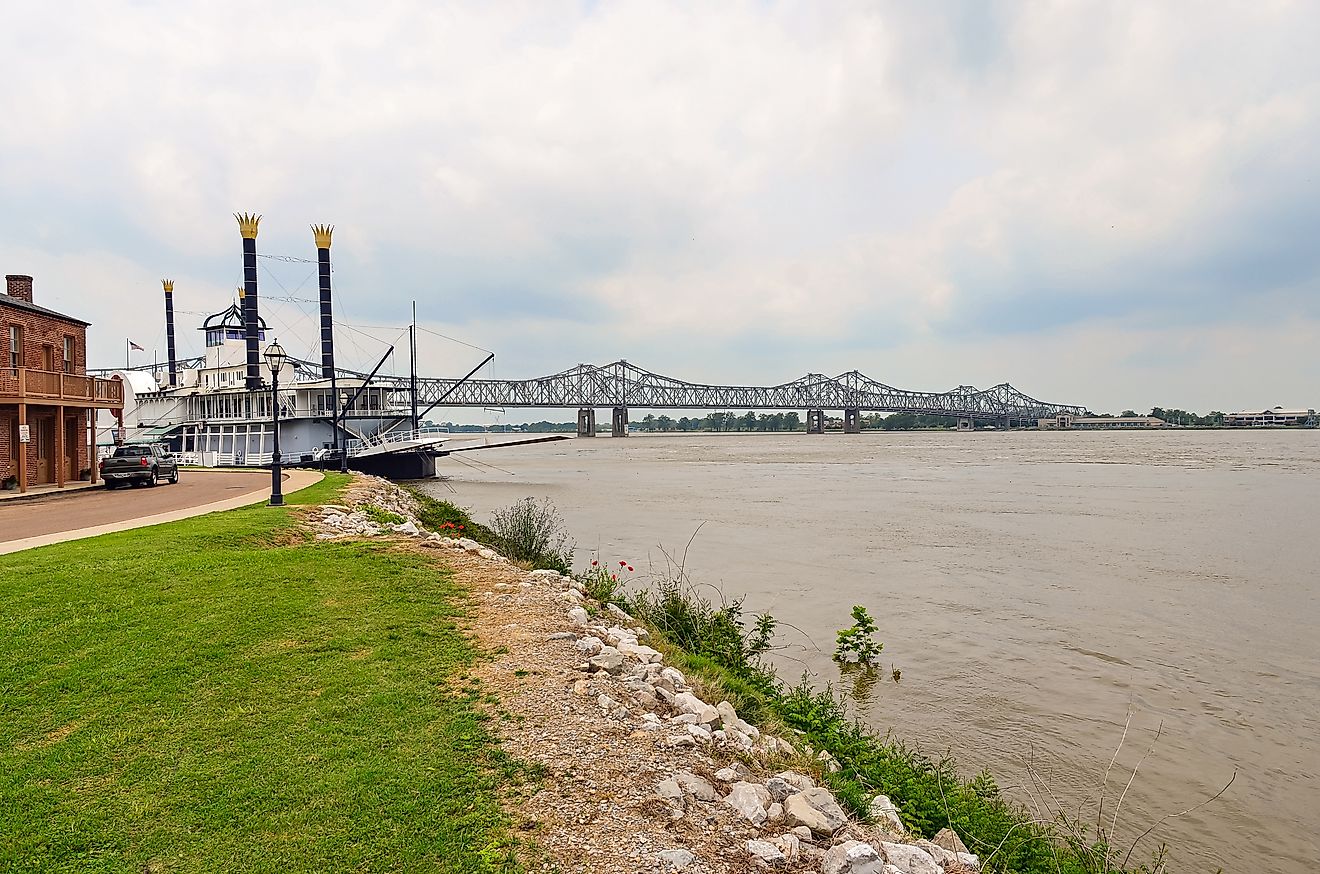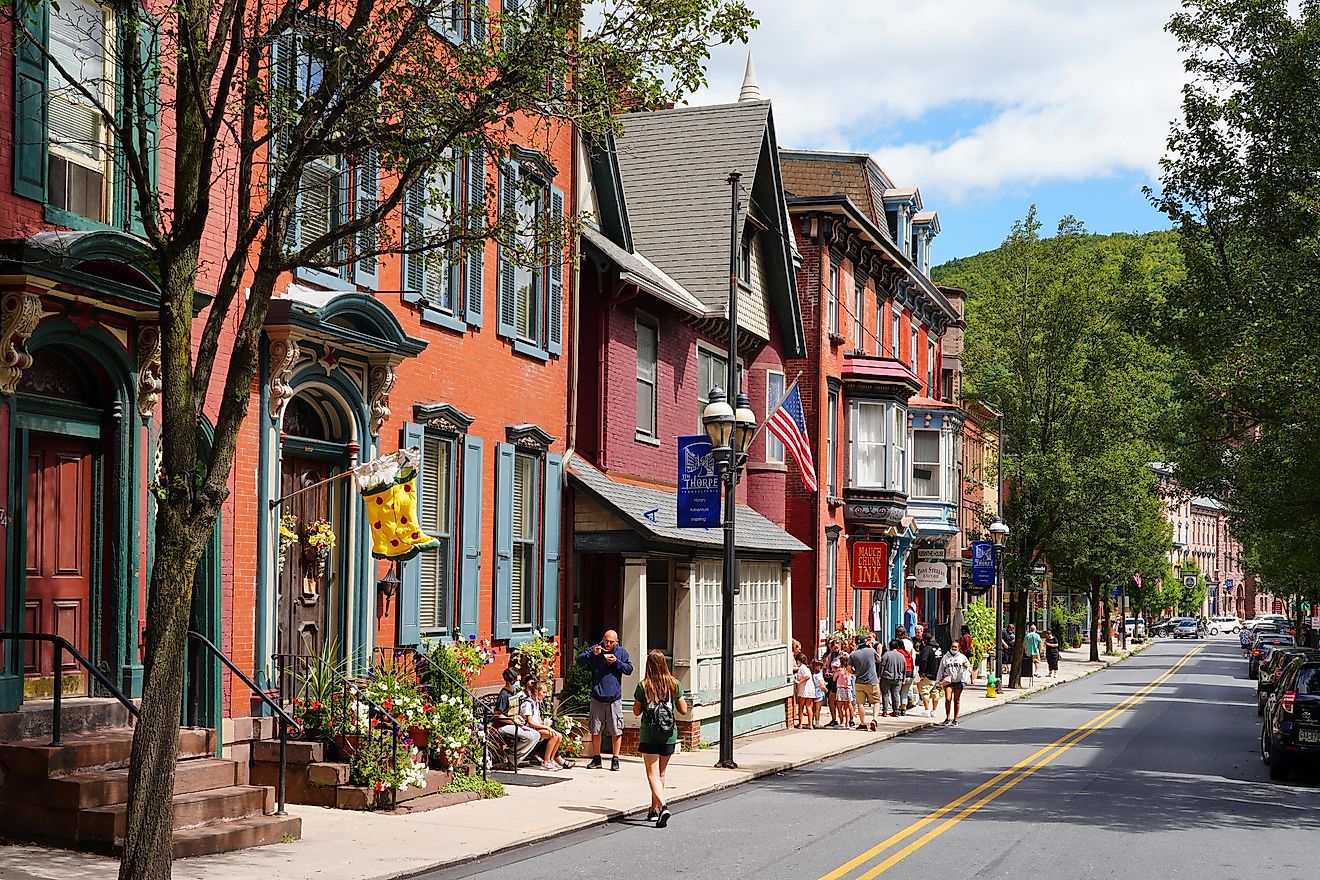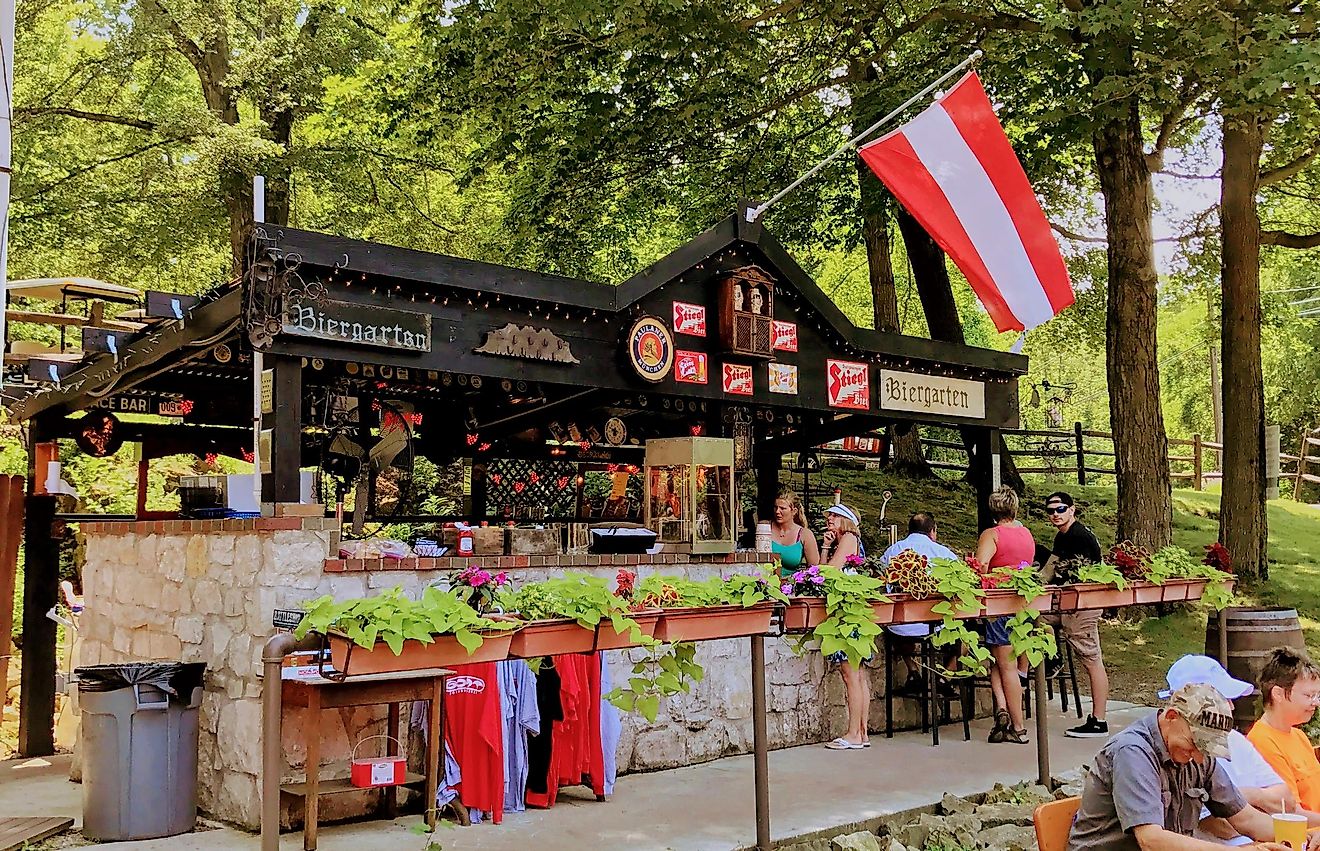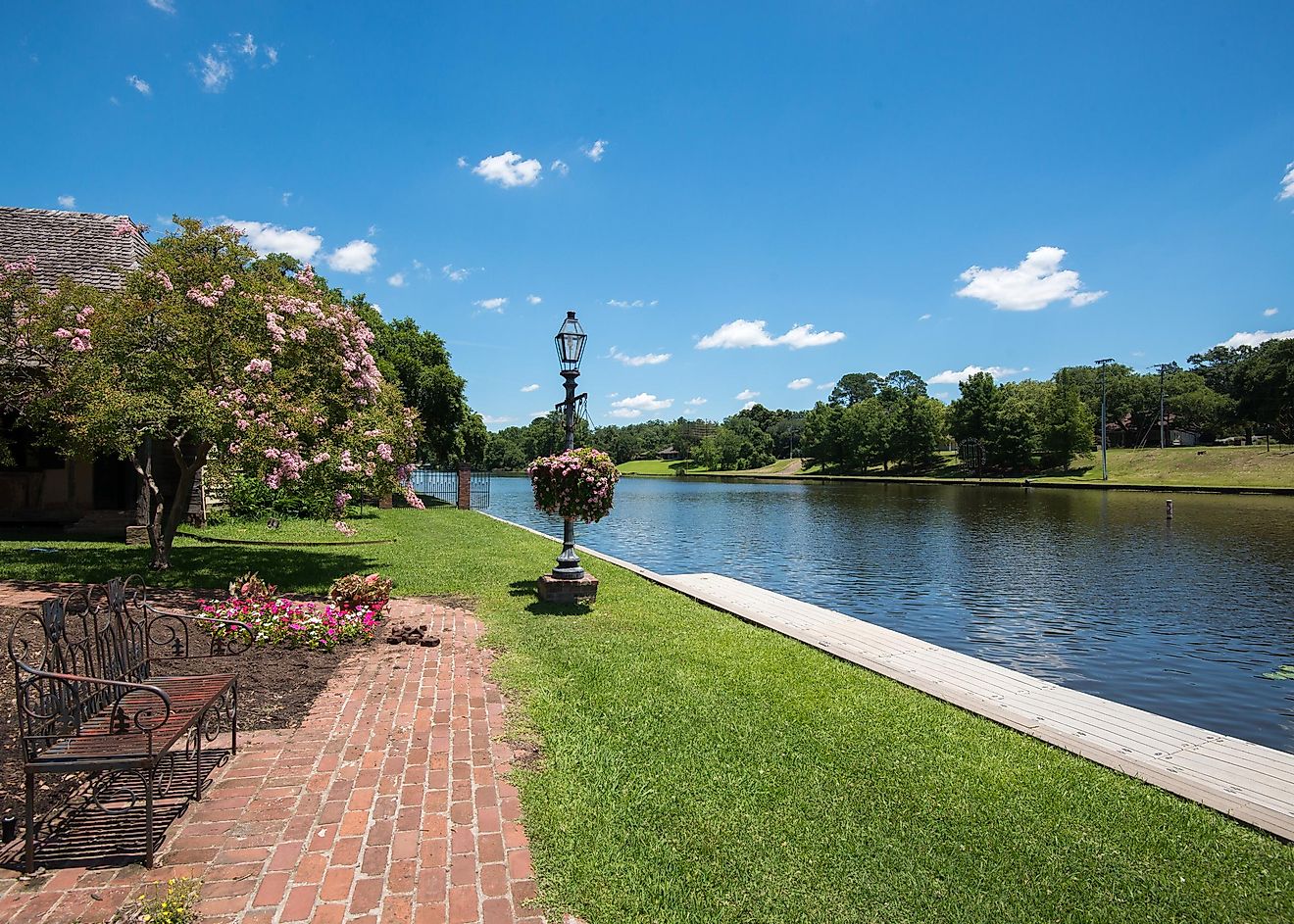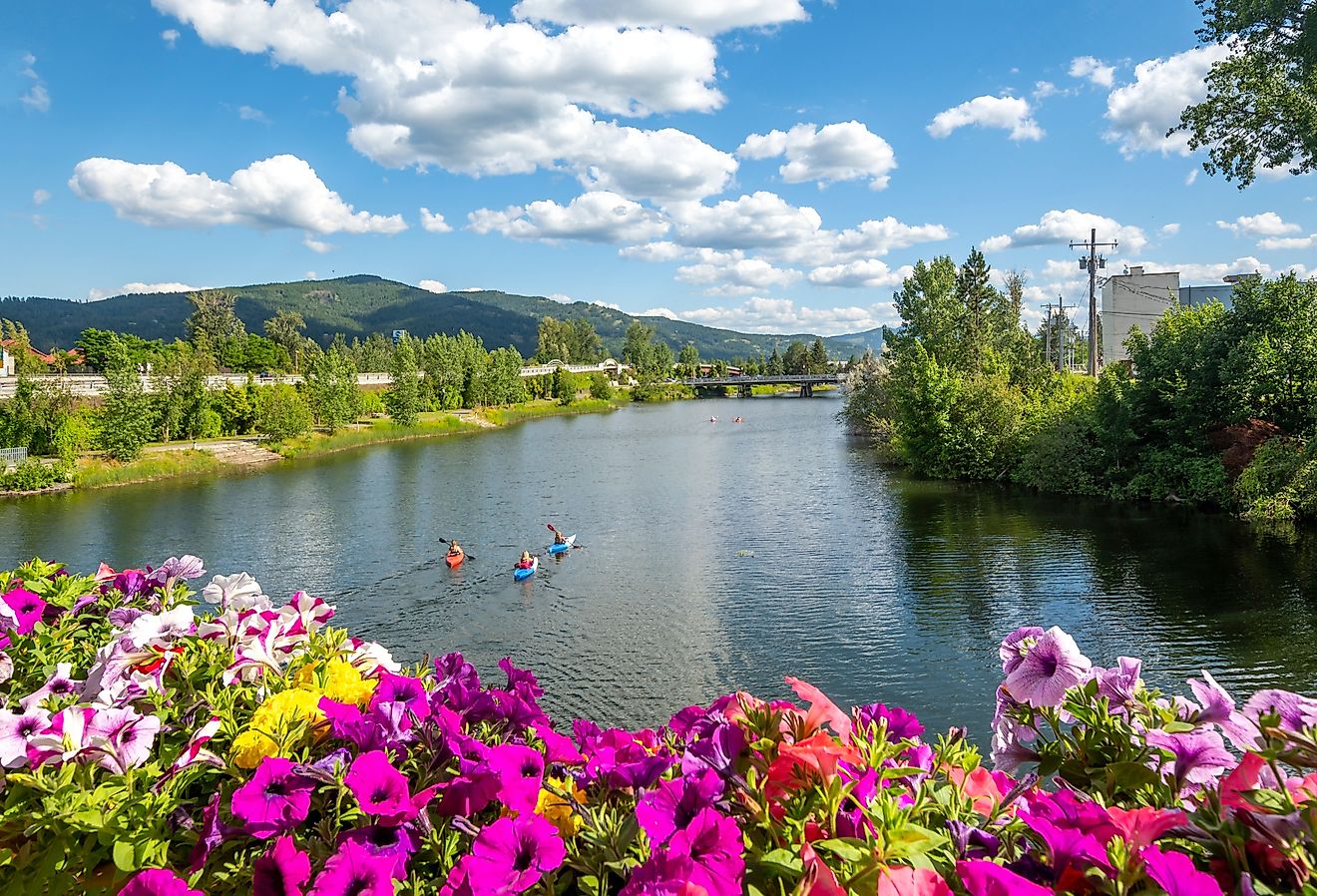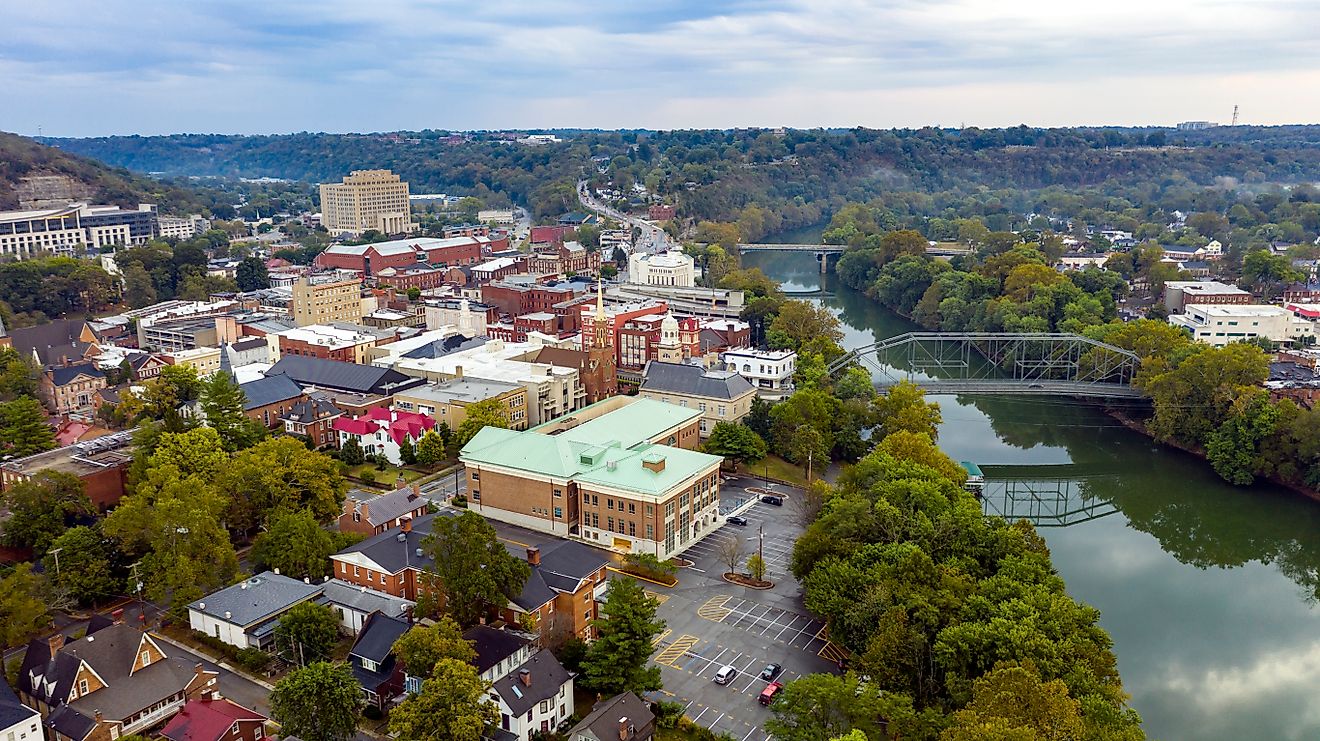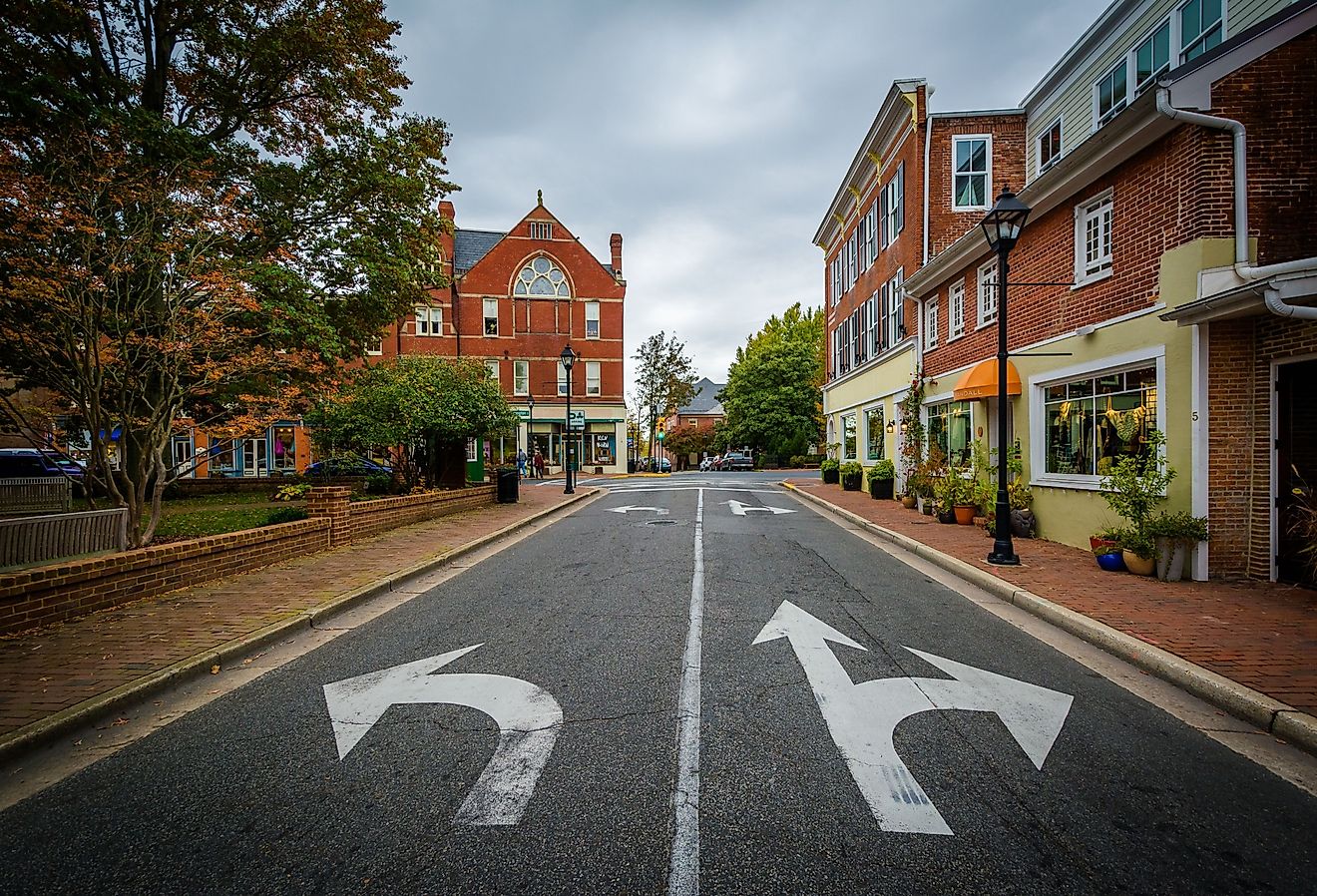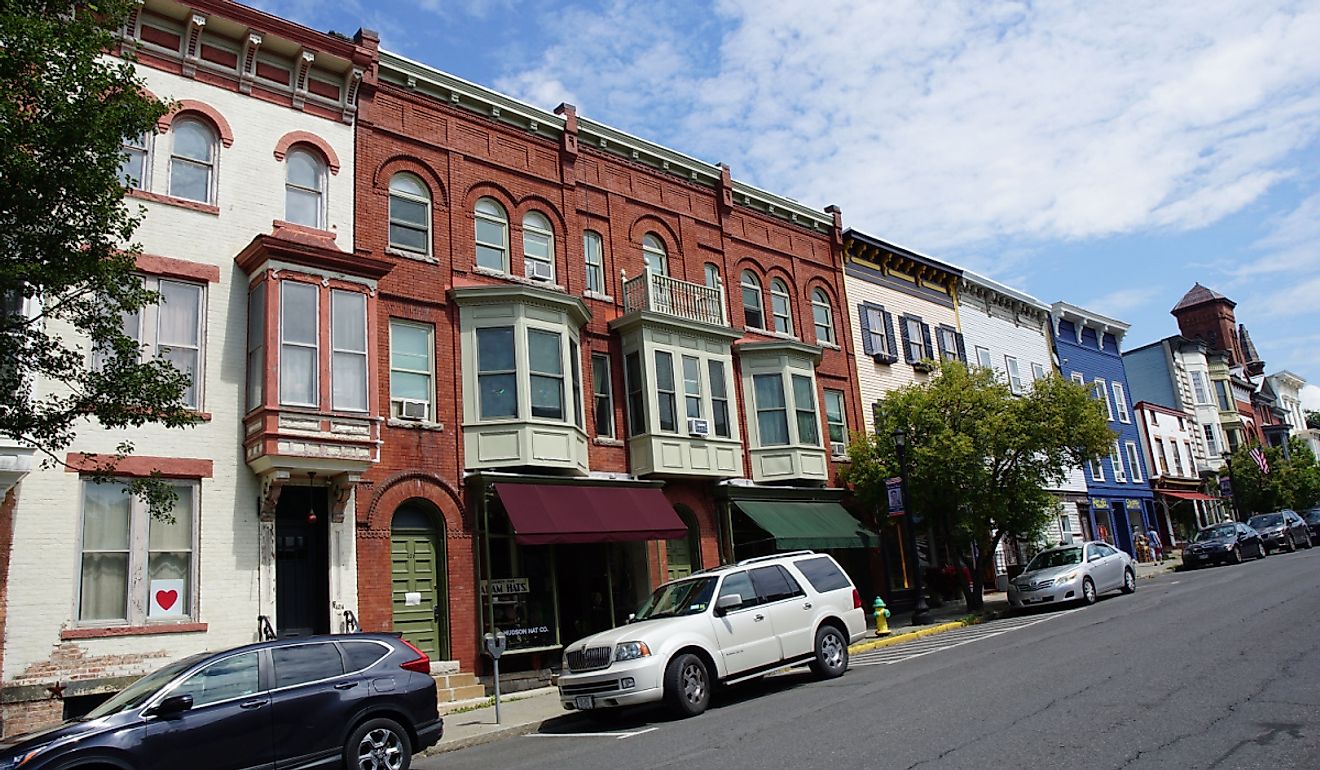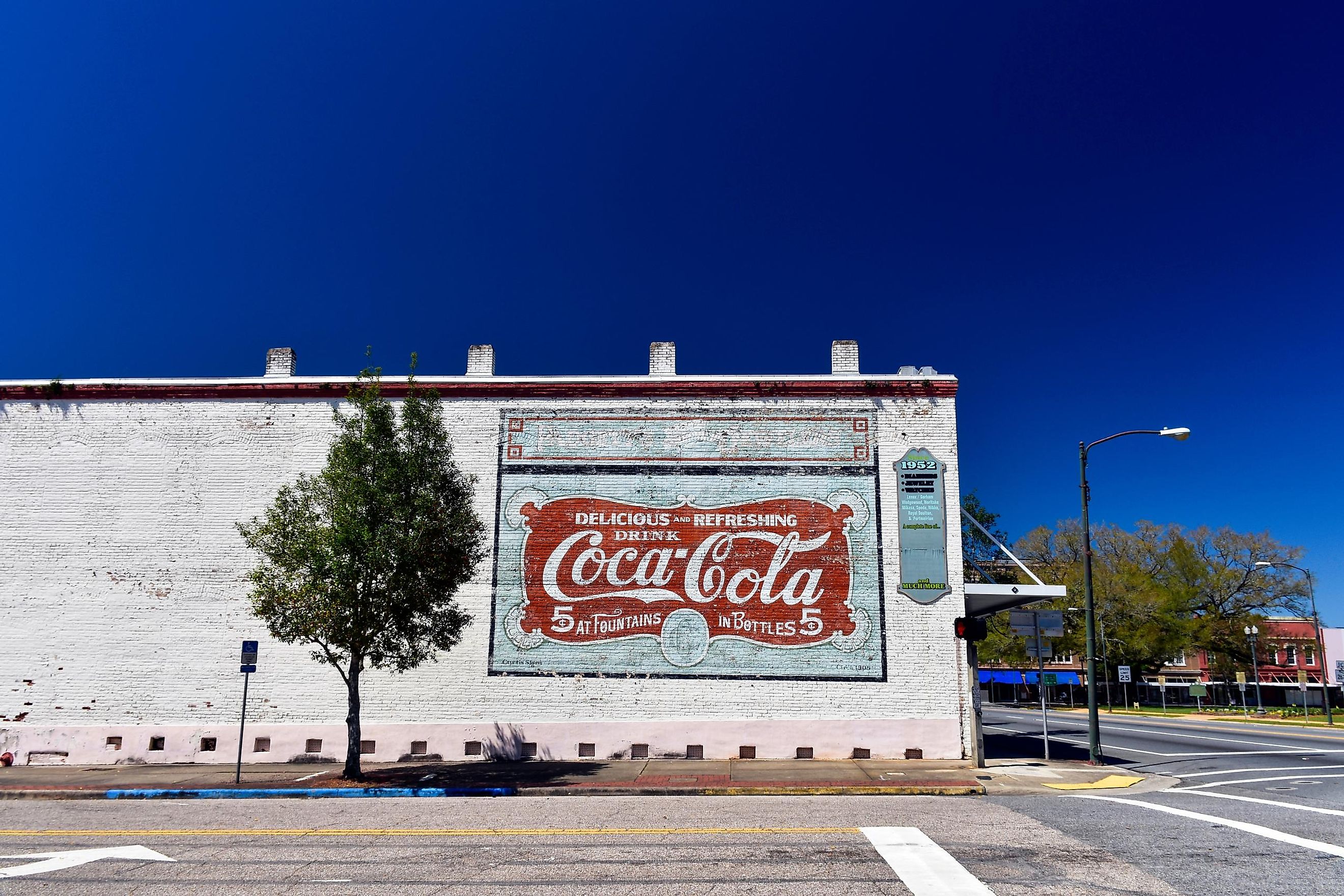
9 Oldest Founded Towns To Visit In Florida's Emerald Coast
Florida’s 100-mile long Emerald Coast is brimming with beauty and history, as its blue-green beaches are also close to towns that have deep roots in the State’s past. Formerly known as the “Playground of the Gulf Coast” and then dubbed the “Miracle Strip”, the area chose the Emerald Coast slogan in 1983, and it has stuck ever since. Stretching along the Gulf of Mexico, the coastline is most famously featured in Jim Carrey’s 1998 classic The Truman Show, where many of the exterior shots are filmed in Seaside. Mills and seafood have helped develop this region's economy, as parts of it were affected by Spanish conquest, the Civil War, natural disasters and the arrival of the railway.
Pensacola
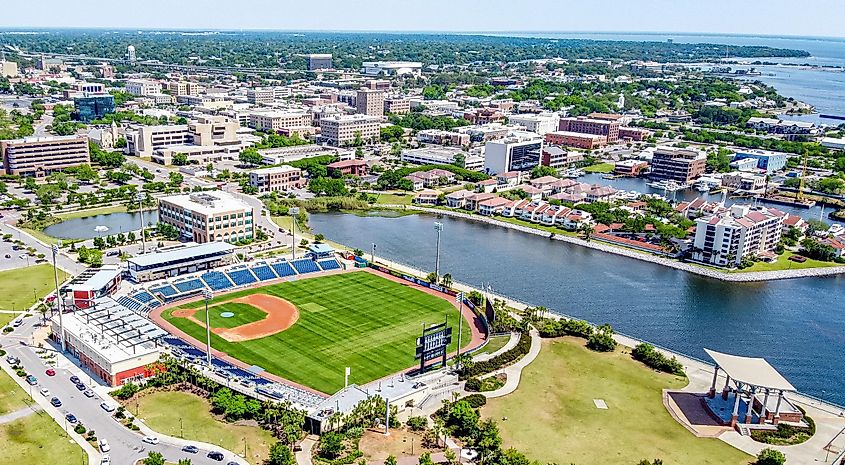
Established in 1559 by Don Tristan de Luna and Spanish settlers, Pensacola is the largest city on the Emerald Coast.Its waters might have greenish hues, but its heart is definitely navy blue, as the westernmost city in Florida is home to both the Naval Air Station and the U.S. Navy Flight Demonstration Squadron, also known as the Blue Angels.
The National Naval Aviation Museum holds more than 4,000 artifacts and over 150 restored aircraft from the Navy, the Marine Corps and the Coast Guard. America’s first settlement is also home to the Pensacola Museum of History, built in 1907, where the City of Five Flags permanent exhibit showcases the area’s five different ruling entities over time: Spain, France, Great Britain, the Confederate States of America and the United States of America.
Apalachicola
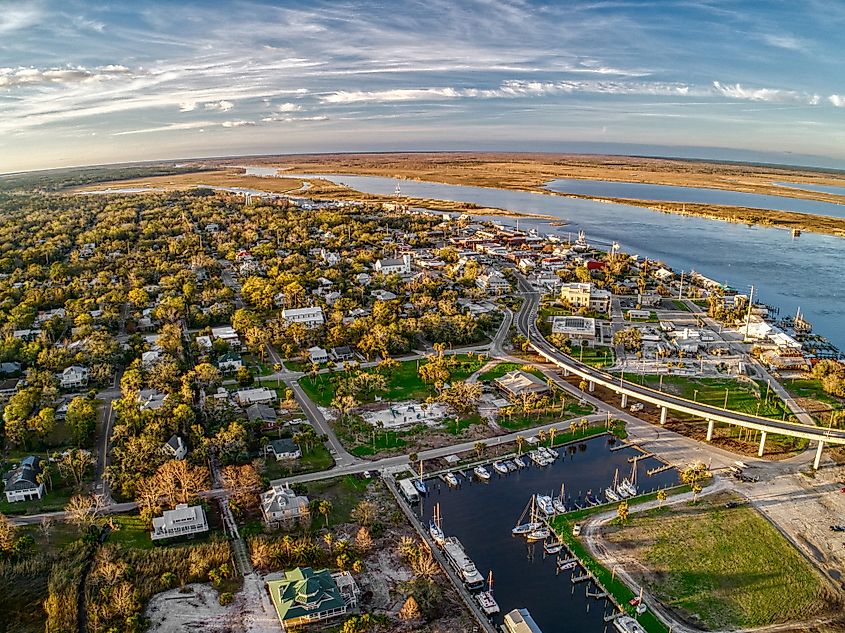
Located where the Apalachicola River meets the Gulf of Mexico, Apalachicola, under Spanish rule around 1705, was ceded to the British in 1763. It was originally incorporated as the town of West Point in 1827, and then became Apalachicola in 1831. The term Apalachicola is derived from the Apalachicoli Tribe words "apalahchi" (on the other side) and "okli” (people), most likely meaning ‘people on the side’ but locals will now tell you it means ‘land of the friendly people.”
Apalachicola is a small fishing village sitting on Florida’s Big Bend, and oysters were its first seafood industry. They were sold locally around 1836. German immigrant Herman Ruge opened the Ruge Brothers Canning company with his two sons in 1885. Today, it is still considered to serve some of the best oysters in the state.
Quincy
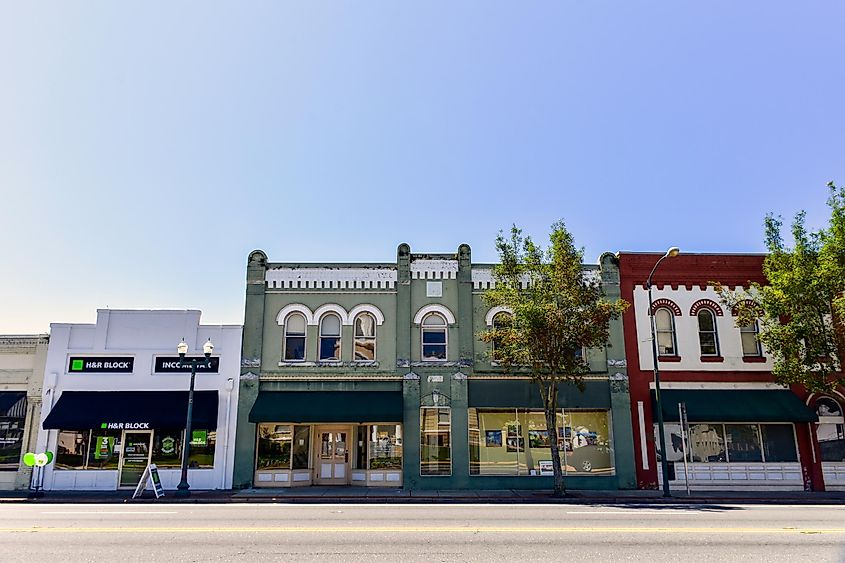
Named after the sixth American president John Quincy Adams (Florida’s aide-de-camp in 1818), Quincy became an incorporated town in 1828, after the United States acquired Florida from the Spanish. Located in Gadsden county, Quincy quickly grew prosperous as a producer in North Florida’s shade tobacco region, but it also grew cotton and tomatoes, notably. The tobacco industry in the region slowed down during the Civil War, took off once again when it was over, and finally waned in the 1960s.
Amateurs of the past can visit the Tallahassee Museum of History and Natural Science, the Museum of Florida History and the Knott House Museum. Quincy is part of the Tallahassee metropolitan area.
Freeport
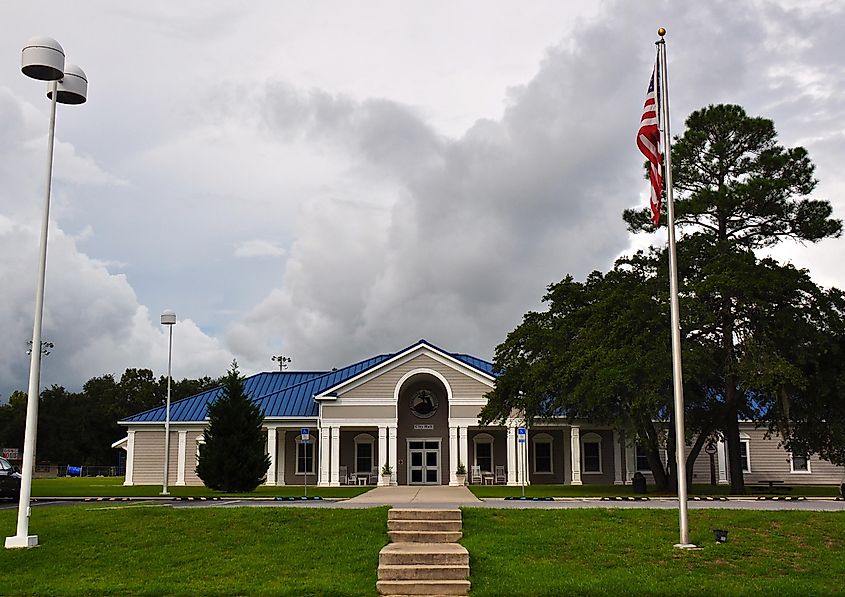
At the crossroads between North and South Walton County, Freeport was established around 1830, although it was first known as Genoa, then Four Mile Landing, before Colonel John McKinnon gave it its current moniker. The name Freeport originates from the fact there was no charge to use the dock at the junction of Four Mile Creek and Lafayette Creek.
Freeport was first inhabited mostly by farmers and fishermen, and would eventually grow to a town of 200 souls around 1886, with Civil War veterans making their way through. WIth steamboat connections to Pensacola and Geneva, Alabama, up the Choctawhatchee River, Freeport gained in commercial and political influence. Lumber mills also contributed to the town’s growth.Today, residents work mostly in tourism or at the Eglin Air Force Base.
Cedar Key
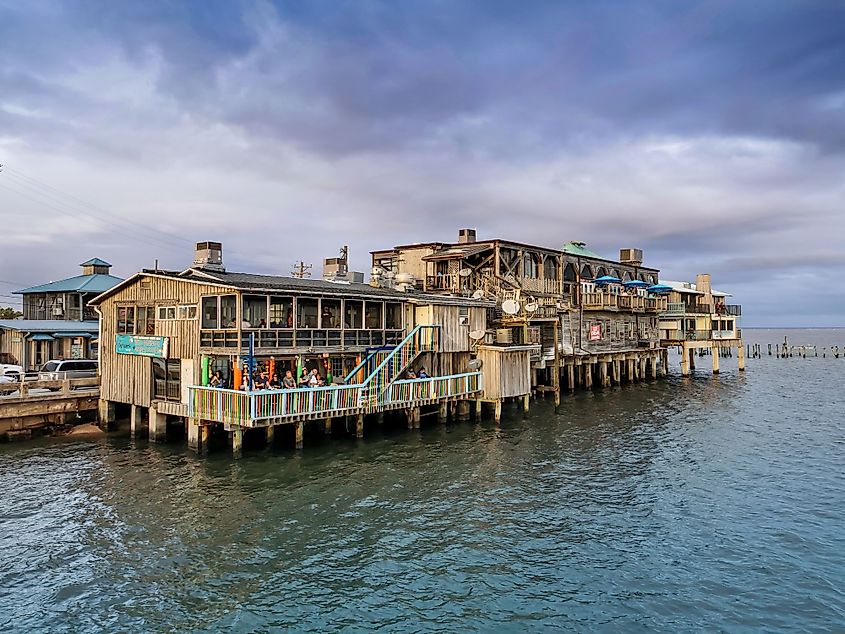
Clams are Cedar Key’s claim to fame, but the islands are for the birds! Visitors are invited to try the clam chowder upon arrival! The fishing town, settled in the early 1840s, situated about an hour’s drive southwest of Gainesville, gives off New Orleans vibes with its architecture and its island-life energy.
Cedar Key is considered by some as the place to unlock the state’s best kept secrets. The Cedar Keys National Wildlife Refuge was established by president Hoover in 1929. It consists of thirteen small islands harboring wonderful walking trails and wildlife observation opportunities. Hikers can spot Egrets, night herons, brown pelicans, white ibis, cormorants, and even reddish egrets and roseate spoonbills.
Milton
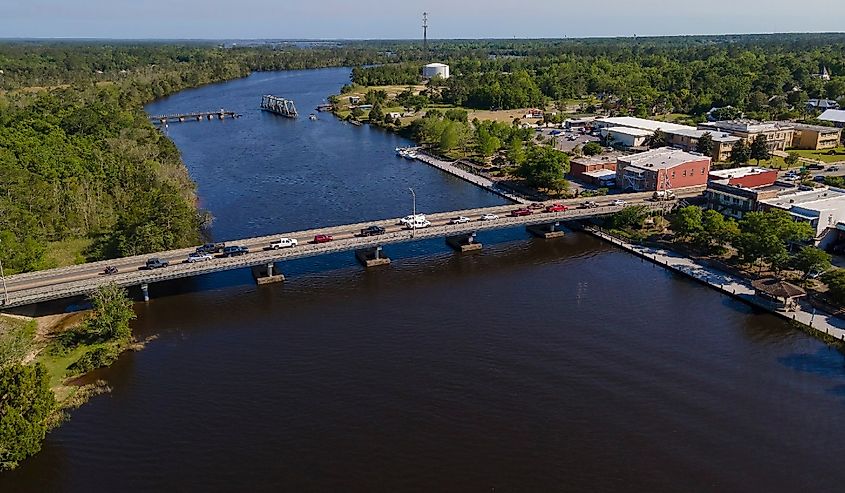
Founded in 1844, Milton went through a few names, like Blackwater, before settling on its current appellation, most likely a contraction of the term ‘mill town’, because of the area’s lumber industry. The city was also a transportation hub for timber and brick. Milton’s industry was ransacked by Confederate forces during the Civil War, inciting many residents to leave for Alabama. The arrival of the railroad, in the 1880s, gave a breath of new life to Milton, as it was getting back on its feet.
The town was devastated by three fires in 1885, 1889 and 1909, and almost everything went up in flames. Rapid reconstruction helped raise Milton’s modern infrastructure. The naval training facility Whiting Field was set up during World War II, and is a Milton hallmark to this day.
Muscogee
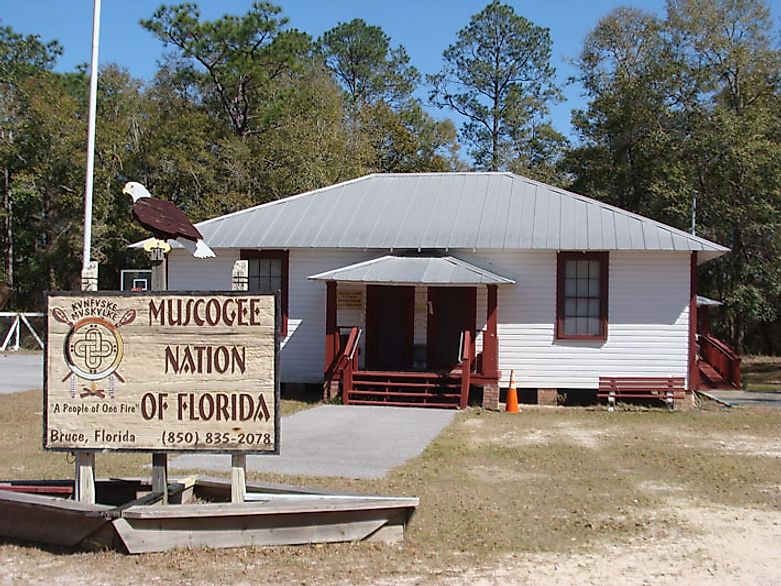
The ghost town, located twenty miles northwest of Pensacola, was founded circa 1857 by the Muscogee Lumber Company, purchased by the Southern States Land and Lumber Company in 1889. At its height, the company employed about a thousand men, working on 50 miles of logging railroad, and exported 60 million feet of lumber across the world, 13 million feet of those destined to the U.S market.
In the early 1900s, the Southern States Land and Lumber Company started selling parts of the land along the Perdido river, as the lumber industry was in decline. The entire town was sold in 1928, and the families still occupying Muscogee gradually left to find opportunity elsewhere.
DeFuniak Springs
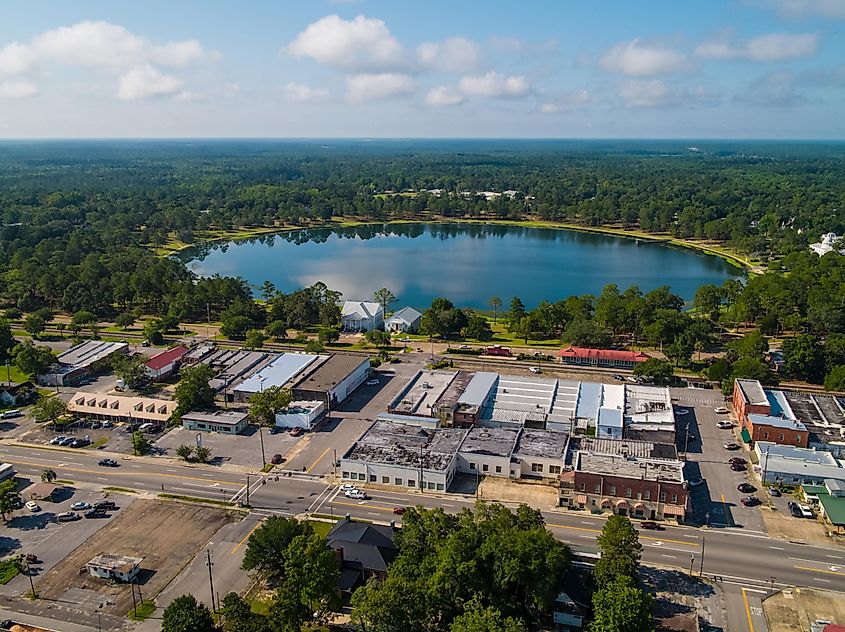
In 1881, a round lake was discovered by the newly formed Pensacola and Atlantic Railroad, whose president was Frederick DeFuniak. It was decided that a town would be built around that perfect circle of a lake.
The Florida Chautauqua Association was formed there in 1884, and operated until 1936. Arbor Day started in DeFuniak Springs in 1885, and some of the trees planted on that day are still believed to be standing today. The Walton DeFuniak Library was established in 1886. It could be the oldest library in the state still operating as a library in its original building, with an impressive collection of medieval battle apparatus. Still in 1886, teachers formed the Florida Education Association, a teacher’s union that is still active today.
Grayton Beach
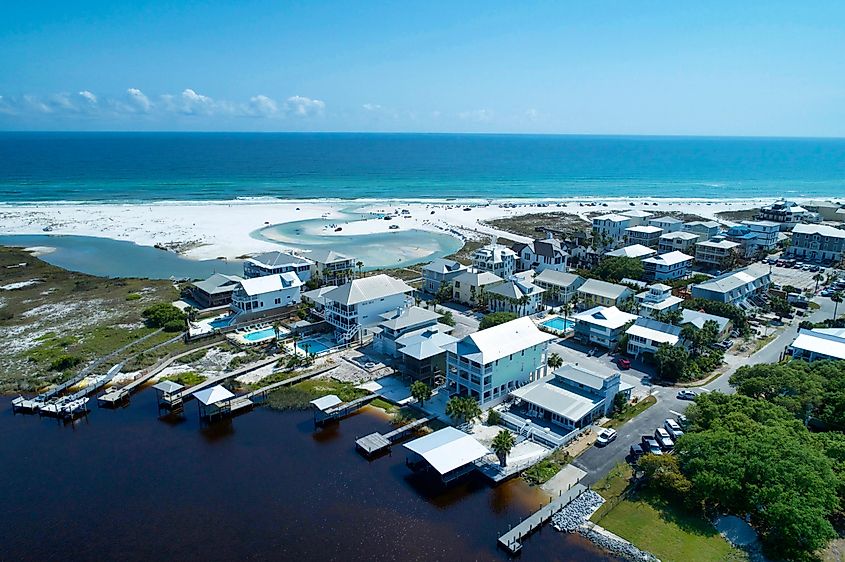
Army Major Charles T. Gray built his homestead in this mostly government-owned area in 1885. Five years later, Army Generals William Miller and William Wilson moved there as well, mapped out a village, and called it Grayton Beach in the Major’s honor. In the early 1900s, the Butley family moved from DeFuniak Springs and found the price of the land here affordable, as the area was relatively undeveloped. W. H Butler ended up developing and promoting the destination, contributing to its modern charm and reputation.
The small village is located on the Florida Panhandle between Destin and Panama City. It is home to the 2000 acre-wide Grayton Beach State Park, with 4 miles of trails for hikers and pristine beaches for vacationers wanting to relax under the sun.
Conclusion
Getting these towns off the ground wasn’t always easy, and political instability often made things harder for residents. But thanks to the seafood industry and the lumber and timber mills erected in the area, many of these communities thrived, and have now become unavoidable tourist hot spots. Some of these towns have flourished in the past decades, attracting travelers with their pristine beaches, and charming these vacationers with historic landscapes that pay homage to the area’s origins.
